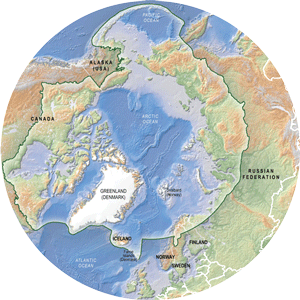The CBMP Monitoring Plans identify key elements for each ecosystems, known as Focal Ecosystem Components (FECs) where changes in FEC status likely indicates changes in the overall environment and therefore should be monitored. The FEC Search Tool allows the user to search through the FECs defined including their attributes and parametres in the Freshwater and Terrestrial Monitoring Plans and to select those relevant for their field station/monitoring programme. The results can then be downloaded by the user in an excel sheet.
- FEC Search Tool: Freshwater biodiversity
- FEC Search Tool: Terrestrial biodiversity
The list of potential FECs can be generated based on a combination of the conceptual models, expert opinion and management and community needs. Conceptual models can be generated for each biotic group, but should be based on the suggested overall models and FEC descriptions in the terrestrial and freshwater monitoring plans. A process to identify and rank the most relevant FECs and their attributes can be based on a simple sum of scores for several factors, including:
- Ecological relevance;
- Relevance to ecosystem services;
- Relevance to Arctic indigenous and non-indigenous peoples;
- Relevance to management and legislation;
- Highly-ranked FECs (greater than 75% of the potential score) plus several additional FECs and FEC attributes;
- Agreed management and/or community needs, were carried forward as priorities for the CBMP-Plans;
- Sensitivity to natural or anthropogenic drivers;
- availability and sustainability of monitoring capacity and expertise;
- Relevance to targets and thresholds; and
- Practicality.
The identified priority FEC attributes are the targets of the monitoring effort, since they represent biodiversity entities that indicate critical functioning and resiliency of the ecosystem. FEC attributes describe various aspects or characteristics of each component. For each attribute, desired/proposed sampling parameters (metrics), methods, monitoring frequency, and spatial scales were identified. A set of common attributes are defined in the two CBMP monitoring plans. Examples include:
- Diversity: in species, communities, genetics, etc
- abundance: the number, density, etc
- composition: morphology, traits, general structure, etc
- phenology: timing of seasonal activities, annual cycles, etc
- demographics: age and sex structures, survival, etc
- spatial structure: distribution in space, migration, etc
- size structure
- Biomass
- temporal cycles: stochastic ecological interactions such as predator-prey population relationships,
- timing of important life history events
- contaminant concentration
- health: disease prevalence, body condition, etc
- productivity: biomass, reproductive output, etc
- ecosystem functions and processes: nutrient cycling, etc
The FEC search tool provides more specific information on the terrestrial and freshwater FEC´s, attributes and parametres.








